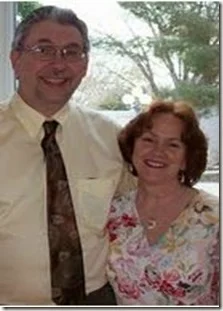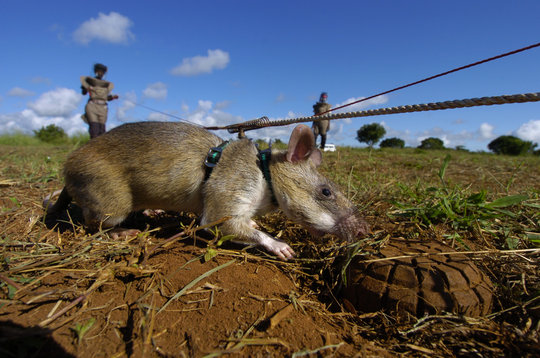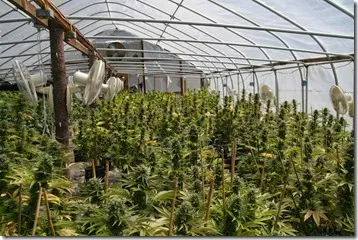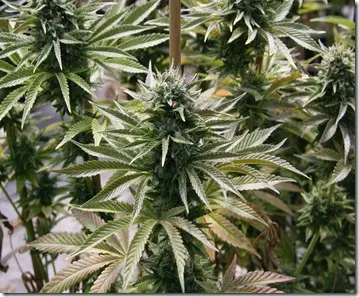Good Day World!
You’ve heard their stories.
They all have one thing in common – achieving success despite numerous life challenges.
Famous people who share their success often credit it to simple things. Like sleep, for example.
It’s important to everyone. The difference between a “good night’s sleep” and a lousy one can make or break your day.
Experts say the very last thing you do before bed affects your mood and energy level the following day, since it often determines how well and how much you sleep.
I hated sleeping when I was young – up until my early teens. Then it suddenly became a precious commodity after long nights of partying.
Sleep took on even more significance when I was sent to Vietnam in 1970.
I learned to sleep in every imaginable position. Even standing – leaning against something. If I got a total of six hours sleep in a 24 hour period I considered myself a lucky dogface.
Having said all this, I now consider myself a slouch. No apologies. Thanks to daily naps and a early bedtime I get a lots of sleep. I have no interesting pre-sleep rituals to share with you.
That is, unless you count drifting off and taking your brain out of gear. In my “non-system” no coherent thoughts are allowed to trouble my brain.
Successful people however, look at sleep as a necessary function that one must prepare for each night.
In his autobiography, Benjamin Franklin outlined a schedule that would lead him to "moral perfection."
In this ideal schedule, Franklin asked himself the same self-improvement question every night: "What good have I done today?"
He described his other rituals before bed as "put things in their places, supper, music or diversion or conversation, and examination of the day."
Franklin tracked his progress on self-improvement daily. Now that’s dedicated.
Take Winston Chu rchill, The British Prime Minister during WW II. He kept to a similar daily routine no matter what happened. In the book "Daily Rituals: How Artists Work," author Mason Currey recorded Churchill's schedule:
rchill, The British Prime Minister during WW II. He kept to a similar daily routine no matter what happened. In the book "Daily Rituals: How Artists Work," author Mason Currey recorded Churchill's schedule:
“Around 5 p.m., the prime minister would drink a weak whisky and soda before taking a nap for an hour and a half. Churchill said this siesta, or short nap, allowed him to work for 1.5 days every 24 hours. When he woke, he bathed and got ready for dinner.”
At 8 p.m., Churchill would eat dinner, which was often followed by drinks and cigars well past midnight. Due to his irregular sleep schedule, Churchill was said to hold War Cabinet meetings in his bath.
That couldn’t have been a pretty picture, but anything went during wartime I suppose.
One of my favorite authors, Stephen King, has a nightly routine that includes washing his hands and making sure all the pillows face a certain way.
"It’s not any different than a bedtime routine," says King as recorded in Lisa Rogak's book "Haunted Heart: The Life and Times of Stephen King."
"I brush my teeth, I wash my hands. Why would anybody wash their hands before they go to bed? I don’t know. And the pillows are supposed to be pointed a certain way. The open side of the pillowcase is supposed to be pointed in toward the other side of the bed. I don’t know why."
Hint…can you say OCD?
One last example of preparing for a successful sleep:
Bill Gates reads for an hour before bed, no matter what time he gets home.
The Microsoft billionaire told the Seattle Times: "I read an hour almost every night. It's part of falling asleep."
He enjoys "deeply informative and beautifully written" books (in June he released a list of six books he recommends) and his reading topics range from healthcare to climate change to business and politics.
In conclusion, some of us are slouches who still manage to get by and actually have a successful, but unspectacular, career. Slouches, like myself, are seldom famous. But they’re always well-rested!
Here’s some related stories if you want to be a success:
101 Inspirational Quotes From Super Successful People
Here’s How Your Clothing Affects Your Success
5 Things Successful People Never Do
It’s time for me to walk on down the road…



 allows for the trained rats to be transferred between handlers.
allows for the trained rats to be transferred between handlers.



